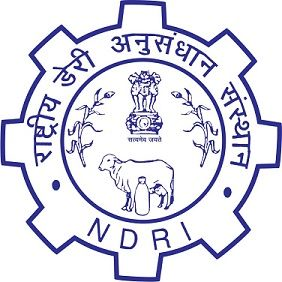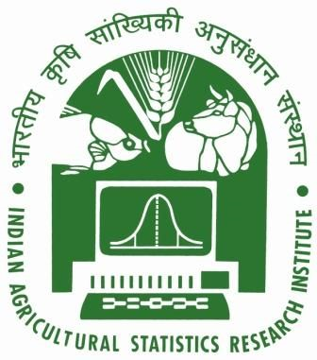Welcome to Water Buffalo Mastitis Database
 Water Buffalo (Bubalus bubalis) also referred as "Black Gold", contributes in milk, meat, leather, dairy products and power for ploughing and transport. Estimated world population of water buffalo is 194 million spread in > 40 countries with a majority (96%) population in Asia. India has the world's largest (56.62%) water buffalo population (109.85 million).
Water Buffalo (Bubalus bubalis) also referred as "Black Gold", contributes in milk, meat, leather, dairy products and power for ploughing and transport. Estimated world population of water buffalo is 194 million spread in > 40 countries with a majority (96%) population in Asia. India has the world's largest (56.62%) water buffalo population (109.85 million).
Mastitis is a common bacterial disease adversely affecting both milk production and also the reproductive efficiency, in last 5 decades it has increased > 135 fold, with loss of 950 million USD and > 2 billion USD in India and USA, respectively. Today the disease management is challenged with antibiotic resistance, maximum residue level, horizontal gene transfer and limited success in resistance breeding. Though universal SNP Chip based GWAS and genomic selection has been successful in animal breeding for better genetic gain of productivity traits but mastitis resistance breeding has still limited success. This is due to breed difference, sample size, minor allele frequency lowering the power to detect the disease associated with SNPs, lot of false positive alleles and extremely low heritability . Candidate genes association analysis using targeted gene panels (TGP) can overcome this limitation. Higher depth coverage of selected regions can mine extremely rare variants in rapid and cost effective single step NGS technology data generation. There is no buffalo web genomic resource to mine variants of TGP and delineate biochemical pathways. By comparative genomics approach cattle mastitis genes can be used to predict buffalo mastitis genes using latest whole genome assembly (WGA) of buffalo. Protein-protein interaction can be used to predict disease associated proteins and its genes. We present here world's first water buffalo genomic resource for mastitis associated genes to be used as targeted gene panels (TGP). It can be used in dissecting genetics of complex disease by mining of extremely low frequency alleles required in case-control association analysis.
It ensures minor novel alleles are not missed, which are also not present in the prefabricated SNP array/chip. TGP approach offers multifold advantages like sequencing at much higher depth (500-1000X coverage) than whole genome sequencing/ whole exome sequencing, allowing discovery of extremely rare variants which are potentially most valuable alleles for association studies. It is rapid, cost effective especially in case of association studies where sample size is limited and mining of causative mutations in a single step NGS data generation by direct amplicon sequencing (if TGP <50) or by target enrichment by magnetic beads. Database contains a panel of mastitis associated 101 TGP genes of buffalo which are predicted by successful mapping of 153 mastitis genes and validated on buffalo genome and buffalo specific transcriptome. Database is populated with 1707 mastitis disease associated proteins(DAP) with 6 hub proteins/genes involved in medication of disease which can be used in drug designing and their genes can be used in future SNP discovery. The database also contains 1306 SNPs and 152 were Indels were mined from 101 TGP using RNA-seq data of mammary gland and buffalo WGA. Water Buffalo-MSTdb (WBMSTDb) was developed with 3-tier architecture namely a client, middle and database tier using LAMP (Linux-Apache-MySQL-PHP) technology. Users can retrieve mastitis associated genes having genomic coordinates with chromosomal details for TGP sequencing to mine minor alleles for association studies. This genomic resource can be used in mastitis resistance breeding of water buffalo, to improve its sustainability and profitability by better milk and reproduction efficiency.



